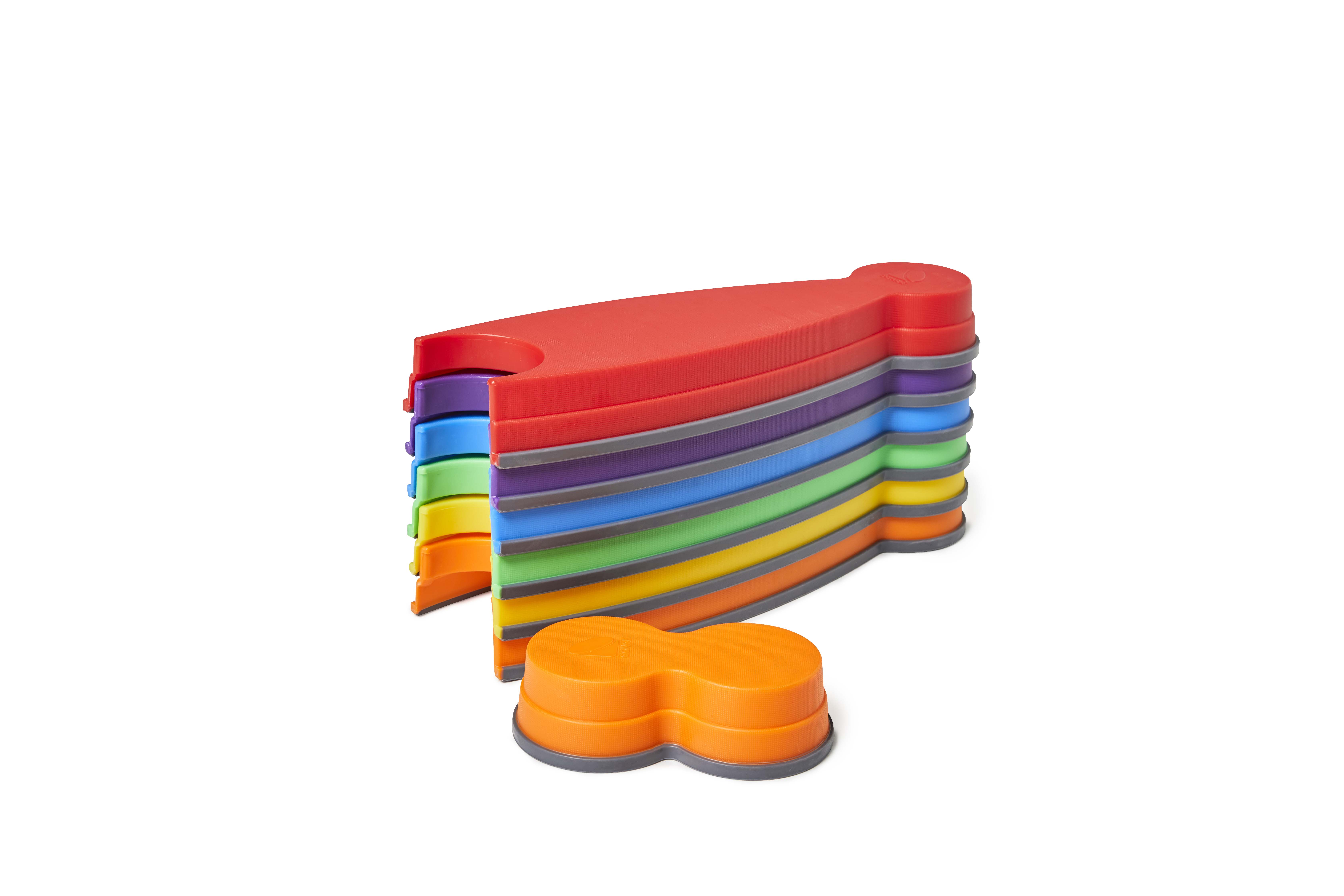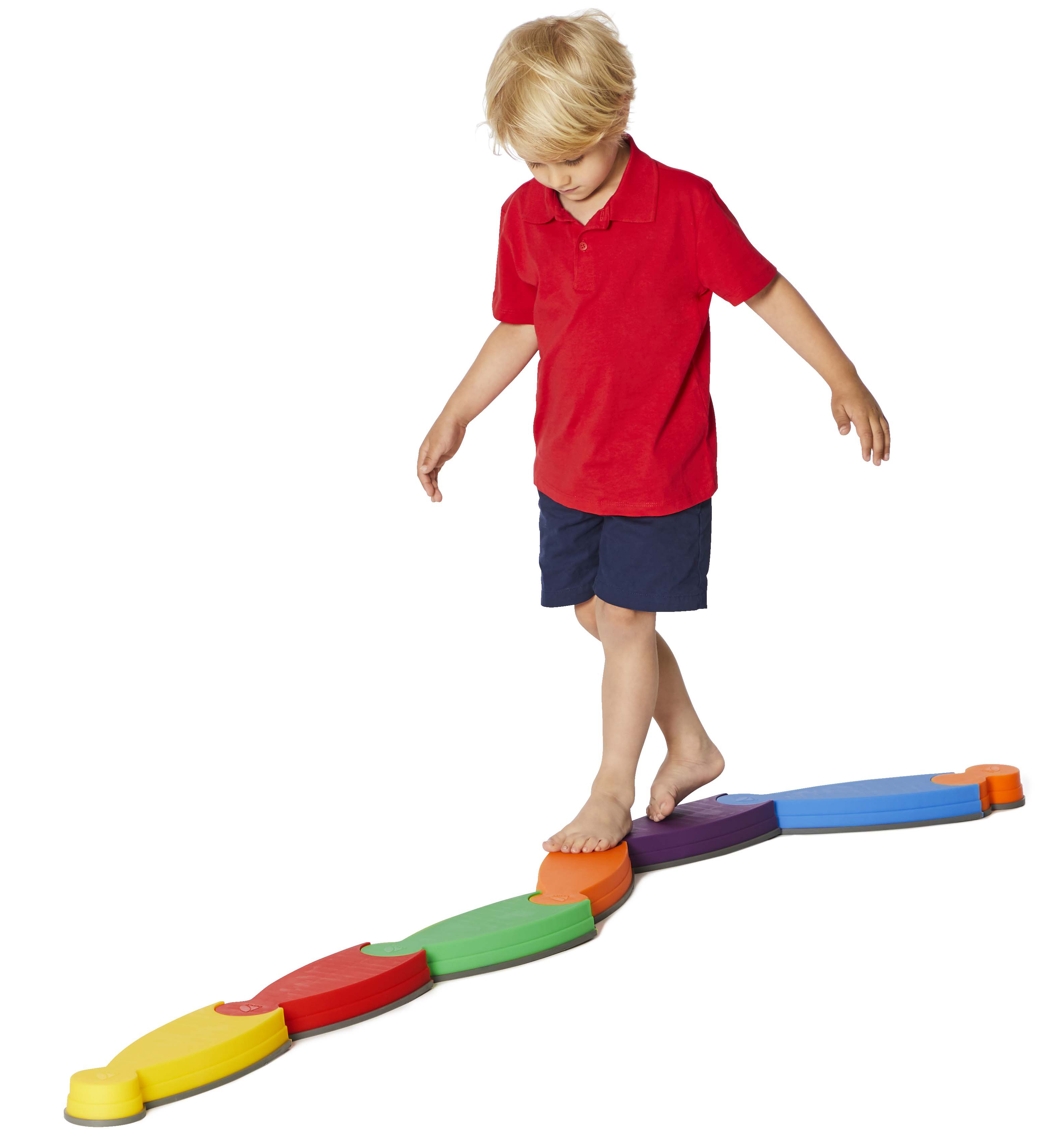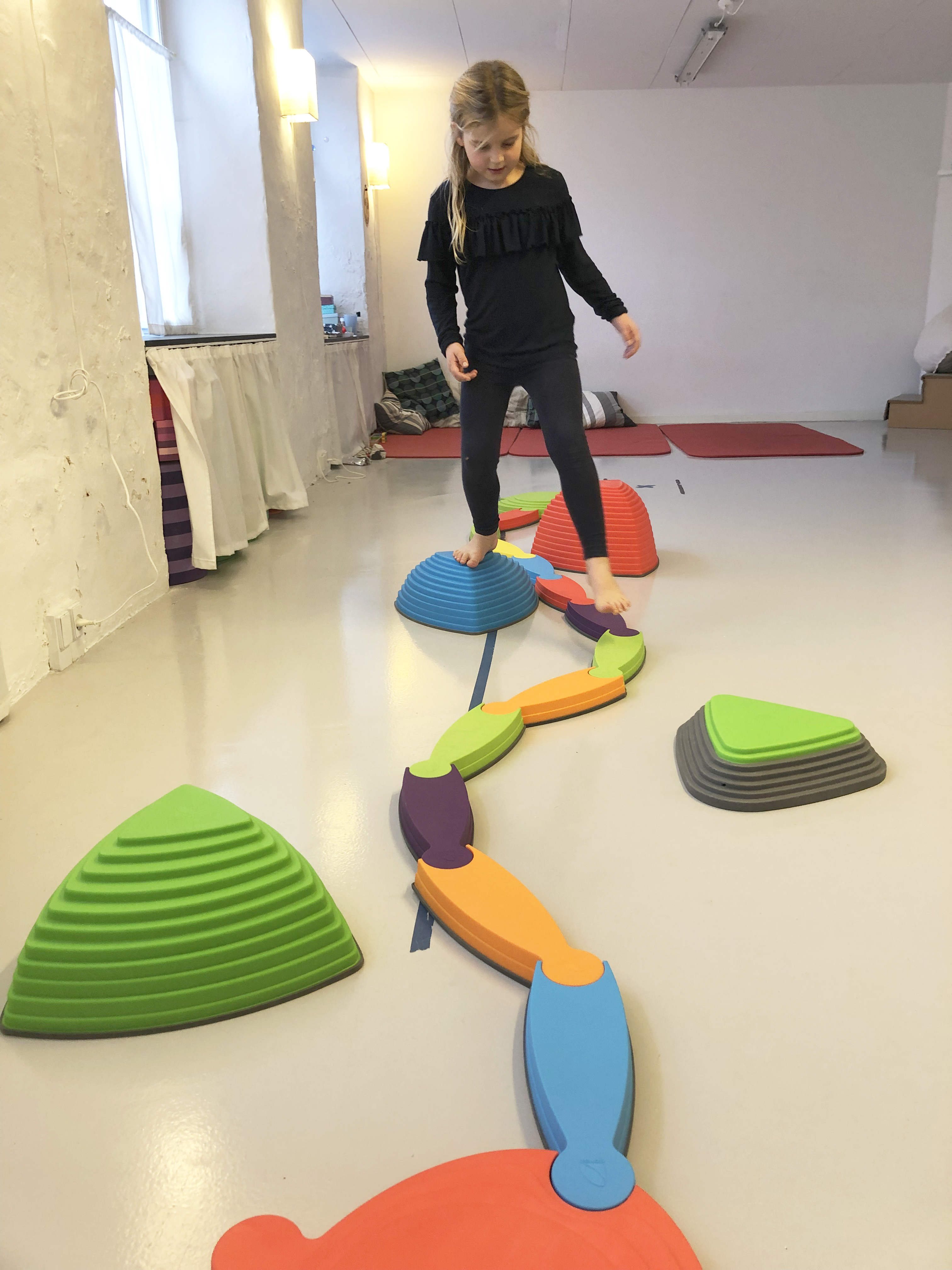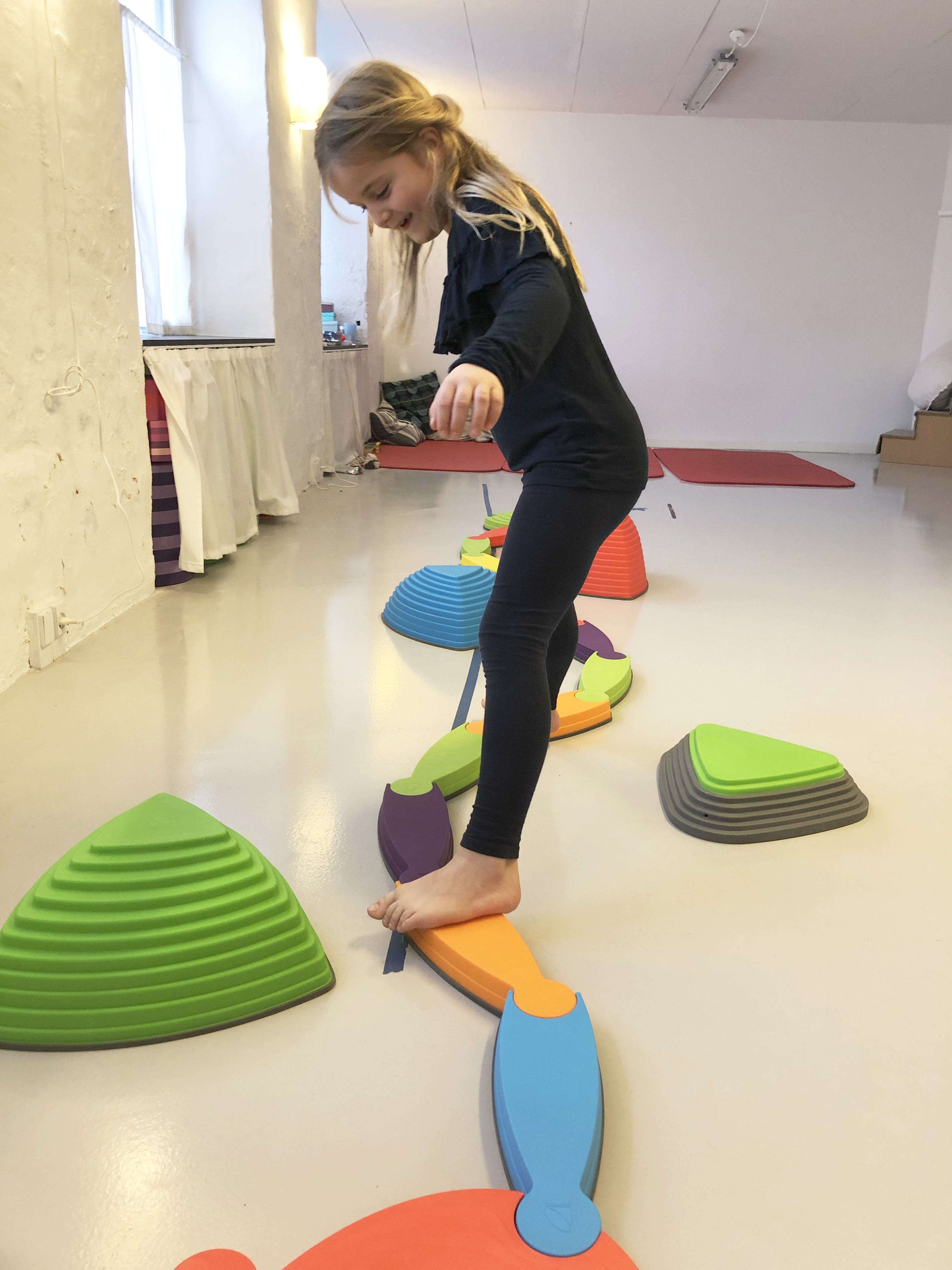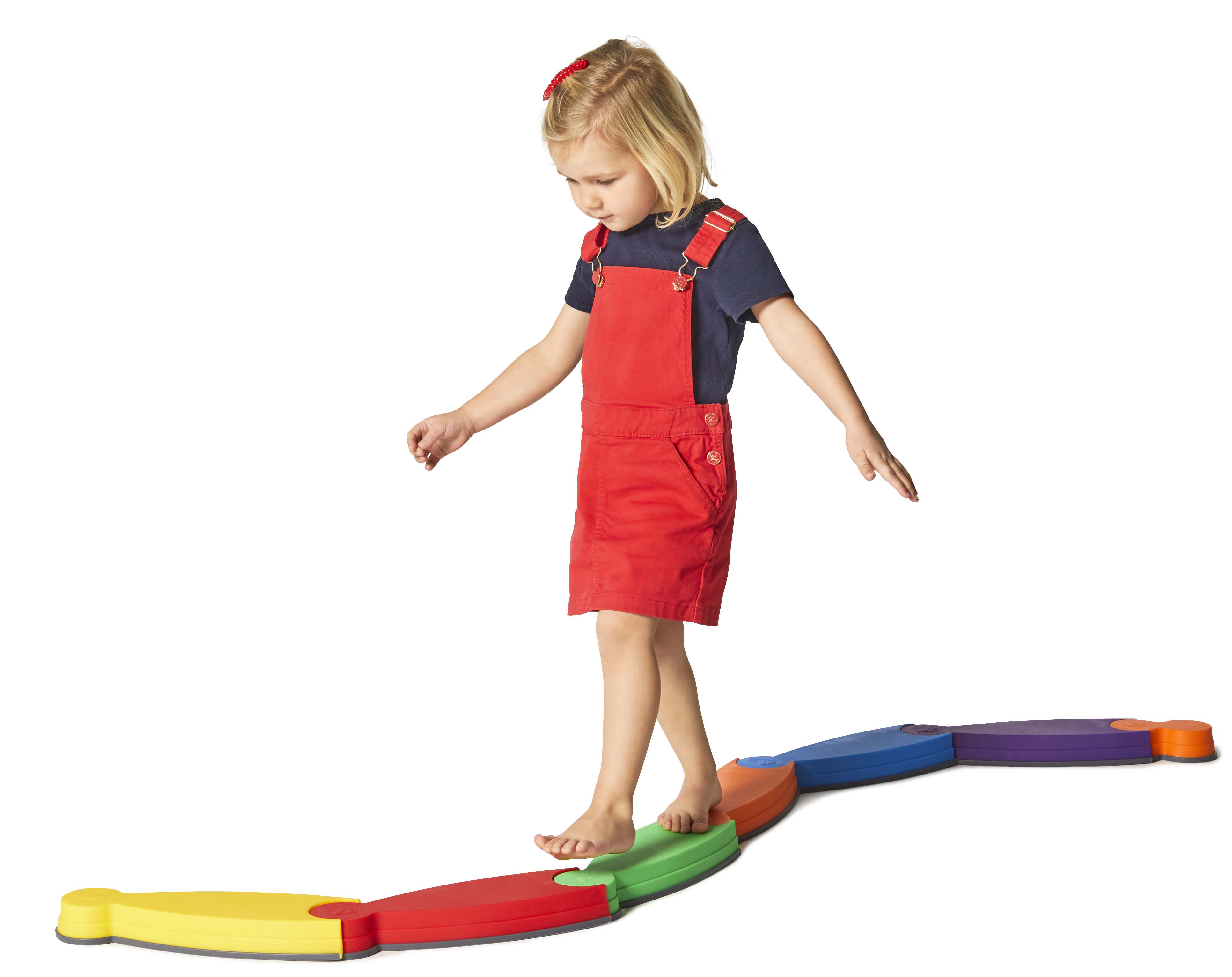
Visual focusing: Sight is the sense that easily takes up the most of our brain capacity. For people with sight, it accounts for many links in the brain’s neural networks. It‘s also a strong, assertive sense, and it can therefore be hard to keep focus and filter out irrelevant visual impressions, especially for children.
When we need to disseminate the many new impressions we receive via sight, it’s easy to lose focus and thus attention. Small children often find it a problem to sit and read a book when the room is full of other activities and movement, which their eyes cannot filter out and that attract their attention.
As our brains develop and we gain more experience, most of us get better at filtering out irrelevant visual stimuli maintaining focus.
But some children still have problems when starting school. It can be hard to maintain attention and avoid being disturbed by the movements and visual impressions coming from all the other children in a class. To improve maintaining focus takes practice in filtering out irrelevant stimuli.
When training focus, the child must be involved and know what is being trained. The activity should be arranged to ensure the child succeeds and experiences a feeling of mastery and success. Through mastery and a positive response, the child will perceive the benefits of being able to filter and maintain focus. It’s precisely that feeling of achievement when making an effort that helps the brain to slowly seek more of the same success.
Through repetition of filtering, new neural networks are formed. New paths in the brain are literally formed. When a new path has become well worn, making it a clear and easy path to walk, it’s safe to say that a form of automation has occurred.






